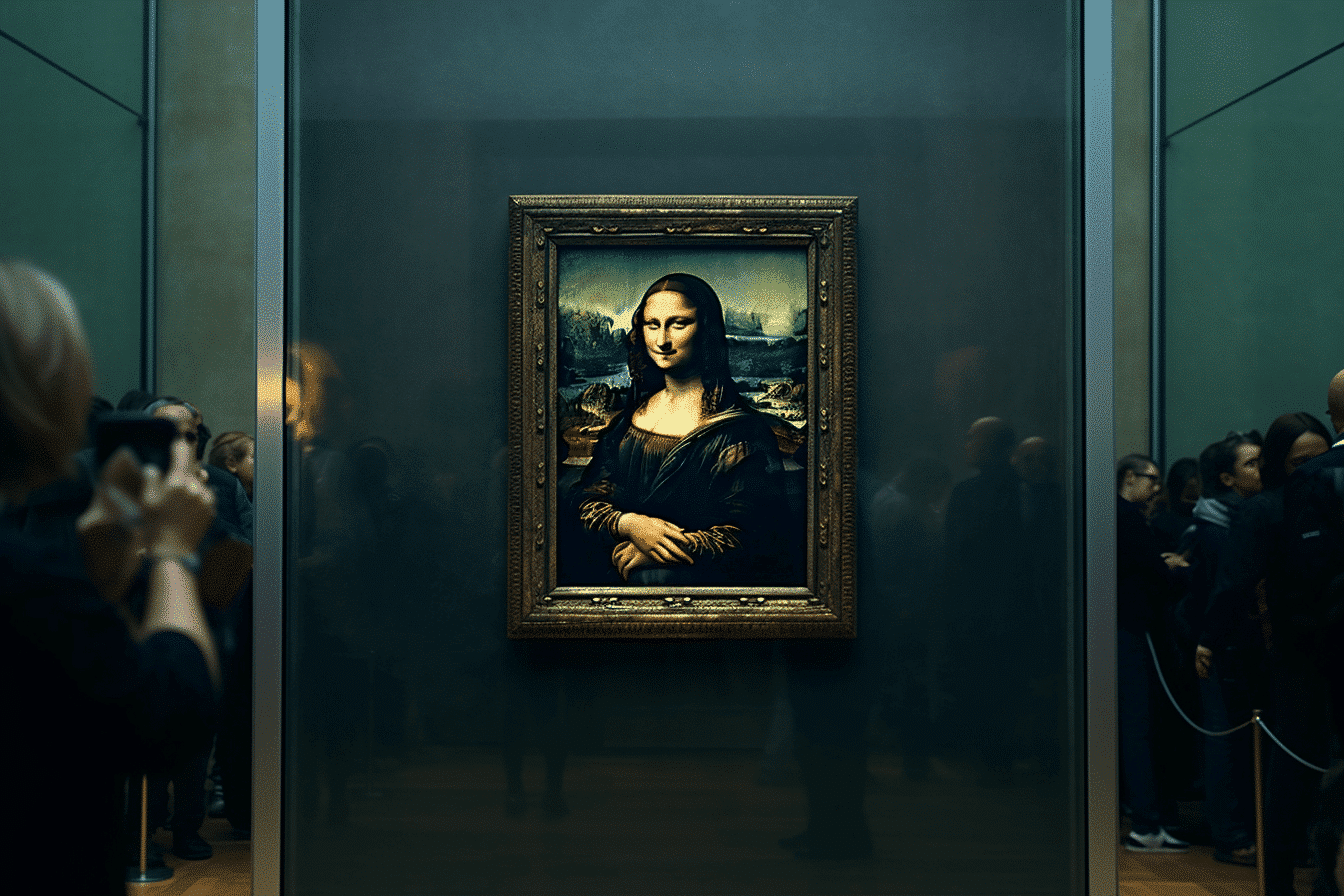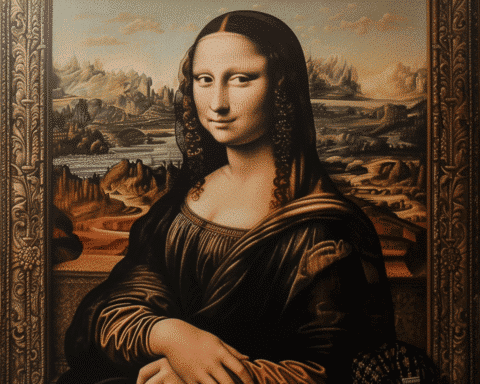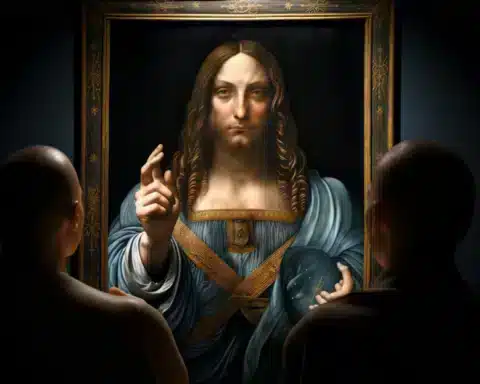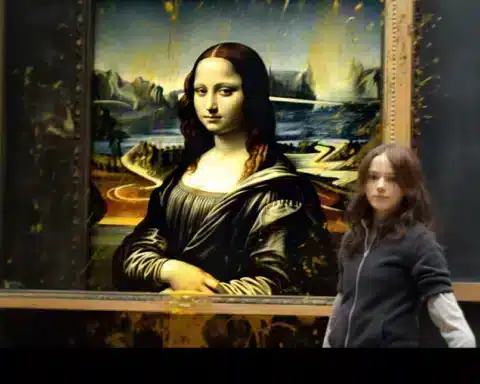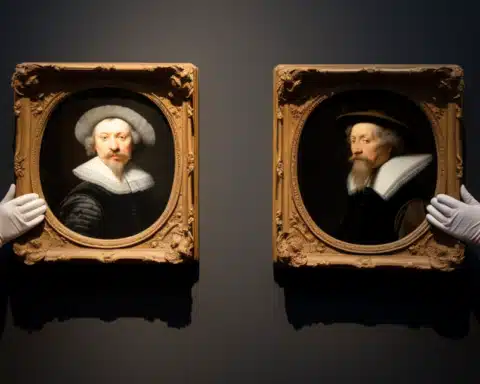Leonardo da Vinci, known for his myriad contributions from paintings to inventions, now adds another feather to his cap: an innovative chemist. Recent research reveals that da Vinci was more experimental in painting his magnum opus, the “Mona Lisa,” than anyone ever suspected. Unearthed details intimate that the great artist was likely the harbinger of a technique later popularized in works from the subsequent century.
Using state-of-the-art X-ray diffraction and infrared spectroscopy, a team of international scientists discovered a rare mineral compound called plumbonacrite embedded within the layers of the “Mona Lisa”. This breakthrough, published in the Journal of the American Chemical Society, offers valuable knowledge on the painting methodologies of the early 1500s. Plumbonacrite is an outcome of the amalgamation of lead oxides and oil. Its prior detection in 17th-century artworks by Rembrandt shed no light on its use during the Italian Renaissance, making this find groundbreaking.
Commenting on the revelation, Gilles Wallez, co-author of the study and a renowned professor at Sorbonne University, remarked, “Everything which comes from Leonardo is exciting because he was an artist, of course, but he was also a chemist, a physicist — he had lots of ideas, and he was an experimenter … attempting to improve the knowledge of his time.” He added, “Each time you discover something in his processes, you discover that he was ahead of his time.”
Given the masterpiece’s Louvre residence and protective enclosure, researchers had to rely on a 2007 micro-sample from the painting’s edge. By employing a cutting-edge synchrotron, they dissected the paint’s molecular composition. In a related observation, Leonardo’s iconic mural “The Last Supper” showcased the same chemical composition as the “Mona Lisa” despite being painted on a wall.
William Wallace, an authority in Renaissance art and architecture, emphasized, “We have long known that Leonardo was an inveterate experimenter,” and noted his dedication to discovering the finest painting techniques to breathe life into his artworks.
This breakthrough reinforces Leonardo’s reputation as a maverick and offers fresh avenues for scholars and enthusiasts to comprehend the nuances behind such timeless masterpieces. As we continue to delve into the depths of art, it’s clear that the lines between science and creativity are more intertwined than we once believed.
